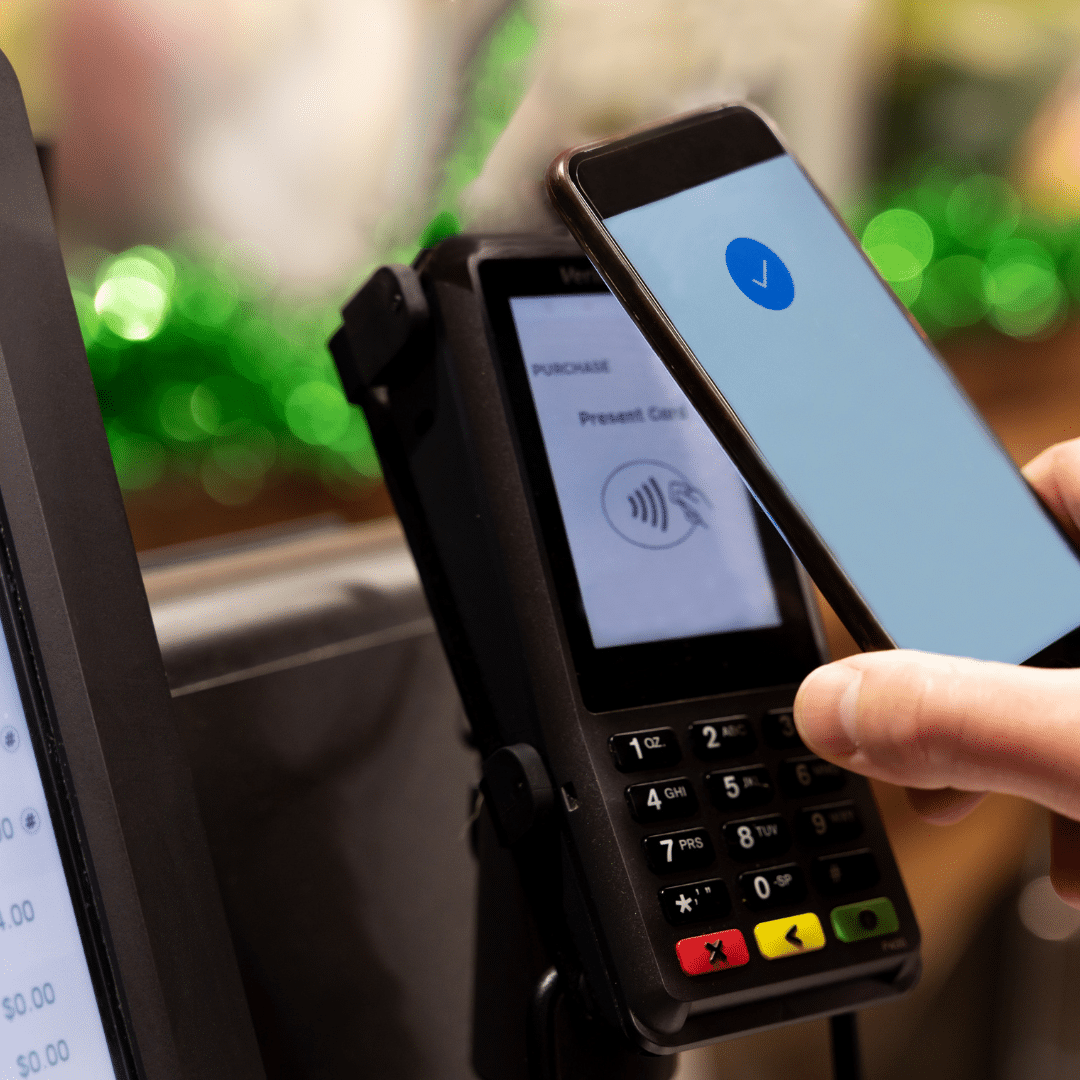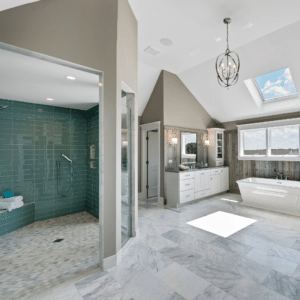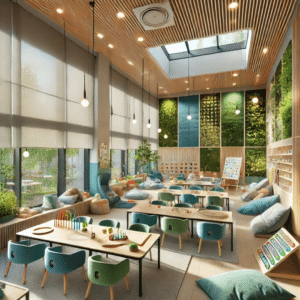Traditional checkout processes have long been synonymous with waiting in line, often resulting in frustration for customers and missed sales opportunities for retailers. Recognizing this challenge, the retail industry has embraced a wave of innovative solutions collectively known as retail checkout innovations.
These retail checkout innovations have redefined the checkout experience, making it more efficient, convenient, and customer-centric than ever before. The seamless integration of self-checkout kiosks, mobile payment solutions, RFID technology, queue management systems, and contactless payment methods within retail spaces speaks to this transformation.
The Evolution of Retail Checkout Innovations
The evolution of retail checkout innovations has revolutionized the shopping experience, introducing a new era of efficiency and more customer-friendly options. From self-checkout kiosks to contactless payment methods, these advancements are reshaping how customers interact with retail spaces.
- Self-Checkout Kiosks: A User-Centric Approach
Starting as one of the original breakthroughs within the realm of retail checkout innovations, self-checkout kiosks have been a familiar presence for quite some time. These interactive stations have brought about a significant transformation in how customers finalize their purchases. Empowering shoppers with the autonomy to scan and pay for their items independently, self-checkout kiosks eliminate the need for traditional cashier assistance. This pioneering approach to the checkout process has introduced a range of benefits, fundamentally reshaping the retail landscape to cater to the needs of both consumers and businesses.
Seamlessly merging innovation with design, the integration of self-checkout kiosks into store layouts becomes a collaboration that blends functionality and aesthetics. Strategic placement aligns with foot traffic patterns and overall design, creating a harmonious shopping environment where kiosks naturally complement the existing ambiance. Prioritizing customer convenience, a partnership with user experience designers results in user-friendly interfaces for the kiosks. These interfaces cater to diverse shoppers, ensuring an intuitive and efficient checkout process through considerations like touchscreen placement, button size, and clear instructions. Enhanced efficiency is further achieved through data-driven insights, optimizing kiosk placement and design based on customer behavior analysis, ultimately contributing to shorter wait times and improved satisfaction.
Incorporating self-checkout kiosks not only expedites the checkout process but also provides the opportunity to accommodate multiple stations, contributing to shorter lines and enhanced customer contentment.
- Contactless and Mobile Payment: Safety and Convenience in the Modern Age
Contactless payment and mobile payment solutions have transformed the retail checkout landscape, offering customers convenient and efficient ways to complete transactions. These innovations leverage technology to simplify the payment process, aligning with evolving customer preferences and enhancing the overall shopping experience.
Contactless payment methods encompass a variety of approaches, such as tapping a contactless card, using a digital wallet, or even utilizing biometric authentication like fingerprints or facial recognition. Similarly, mobile payment solutions enable customers to make payments using their smartphones or other digital devices, often with a quick tap or scan. Both of these options eliminate the need for physical cash or traditional card swipes, providing a seamless and secure way for customers to finalize purchases.
Expanding on these innovations, the concept of “Self-Shop” has gained traction in the retail industry. This approach empowers customers to take charge of their shopping experience by allowing them to ring up items themselves as they shop. This can be achieved through handheld devices or mobile apps that scan barcodes, add items to a digital cart, and calculate the total cost. Additionally, the Amazon Go approach takes convenience to the next level by utilizing advanced camera and sensor technology to track items as customers place them in their shopping carts. With no need for manual scanning or checkouts, customers can simply walk out of the store, and the payment is automatically processed.
From a design perspective, integrating these innovations requires careful consideration of store layout and technology placement. Creating designated areas for self-checkout or ensuring the functionality of automated tracking systems plays a crucial role in facilitating a smooth customer experience.
- RFID Technology: Revolutionizing Inventory Management
Retail checkout innovations extend beyond customer-facing interactions to behind-the-scenes operations. RFID (Radio-Frequency Identification) technology has revolutionized inventory management, offering retailers unparalleled accuracy in tracking and managing products. Items embedded with RFID tags can be swiftly scanned, enabling real-time updates on stock levels, reducing the risk of pricing errors, and streamlining restocking processes.
Achieving a seamless integration of RFID technology into retail spaces necessitates a thorough and meticulous approach to store design. Every element is thoughtfully arranged to enable the optimal use of RFID capabilities. Scan points and RFID readers are strategically positioned to ensure swift and accurate tracking. This design strategy fosters an environment where RFID operates smoothly, thereby enhancing inventory management. The result is an efficient, error-reduced system that supports retailers in maintaining well-organized, fully-stocked shelves.
- Queue Management Systems: Reducing Wait Times, Increasing Satisfaction
Innovations introduce queue management systems that harness data analytics and smart sensors to optimize customer flow. These systems provide real-time monitoring of queue lengths and judiciously allocate staffing resources, resulting in shorter wait times and heightened customer contentment.
The integration of queue management systems necessitates an efficient store layout. The mindful design guarantees that checkout counters are strategically positioned and appropriately spaced, facilitating the smooth implementation of these systems. This spatial arrangement enables the optimization of queue lengths and staffing allocations, enhancing overall customer experience. By strategically positioning checkout counters and leveraging technology, retailers can effectively mitigate long queues and elevate customer satisfaction, contributing to a more streamlined and enjoyable shopping journey.
Future Trends in Retail Checkout
The horizon of retail checkout innovations is poised for remarkable shifts as technology advances. The convergence of these future trends holds transformative potential for the checkout experience.
- Artificial Intelligence Revolution: Envision checkout powered by AI, tailored to customers’ needs, seamlessly integrated into the store’s layout. Placing AI kiosks strategically ensures easy access to personalized recommendations and promotions, enriching the shopping journey.
- Biometric Authentication: The future envisions effortless biometric identification, with designers discreetly accommodating biometric sensors to enhance security while maintaining the store’s aesthetic appeal.
- Augmented Reality Immersion: Augmented reality enriches the shopping experience. Designers ensure unobtrusive integration, allowing shoppers to engage effortlessly with this technology.
Architects play a pivotal role in orchestrating this transformation, working behind the scenes to create spaces where technology and design seamlessly merge. This harmonious synergy holds the promise of a future where the checkout experience goes beyond limitations, enhancing both functionality and architectural aesthetics to create an unparalleled shopping journey.
Are self-checkout kiosks replacing traditional manned checkout counters in supermarkets?
While self-checkout kiosks are becoming increasingly prevalent in supermarkets, they are not necessarily replacing traditional manned checkout counters. Instead, many retailers are adopting a hybrid approach that combines both systems. This allows customers to choose their preferred method, whether it’s the efficiency of self-checkout or the personal interaction of a manned counter. The goal is to offer a well-rounded shopping experience that caters to diverse preferences.
As retailers continue to adapt to these innovations, the customer journey stands to become more efficient, enjoyable, and customer-centric than ever before. To embark on this transformative journey for your retail space, contact Guzzo Architects at 201-939-1446. Their team’s expertise in designing customer-centric spaces will help drive sales and enhance customer satisfaction.








